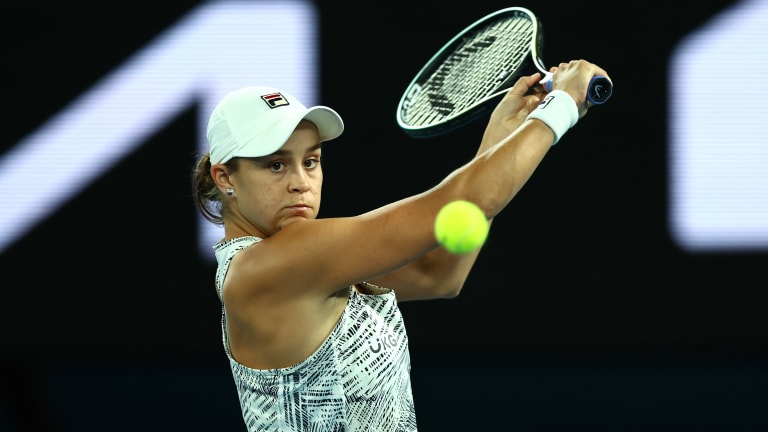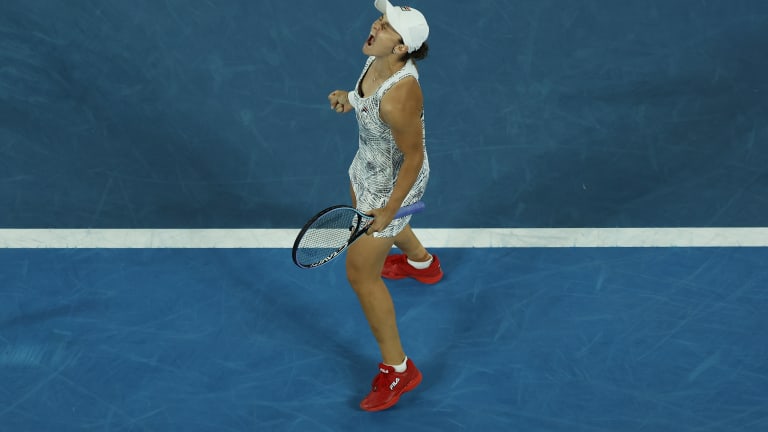Australian Open
Ash Barty honors hero Evonne Goolagong with best possible title: a seismic, drought-snapping Australian Open
By Jan 29, 2022Australian Open
Australia at Last: Reflections on a first trip to the AO
By Jan 29, 2025Australian Open
Alexander Zverev must elevate his game when it most counts—and keep it there
By Jan 27, 2025Australian Open
Jannik Sinner draws Novak Djokovic comparisons from Alexander Zverev after Australian Open final
By Jan 26, 2025Australian Open
Alexander Zverev left to say "I'm just not good enough" as Jannik Sinner retains Australian Open title
By Jan 26, 2025Australian Open
Jannik Sinner is now 3-0 in Grand Slam finals after winning second Australian Open title
By Jan 26, 2025Australian Open
Taylor Townsend and Katerina Siniakova win second women's doubles major together at the Australian Open
By Jan 26, 2025Australian Open
Madison Keys wins her first Grand Slam title at Australian Open by caring a little bit less
By Jan 25, 2025Australian Open
Henry Patten, Harri Heliovaara shrug off contentious first set to win Australian Open doubles title
By Jan 25, 2025Australian Open
Aryna Sabalenka takes a rare loss in Australian Open slugfest
By Jan 25, 2025Australian Open
Ash Barty honors hero Evonne Goolagong with best possible title: a seismic, drought-snapping Australian Open
Like Goolagong, she's won her three singles Slams in the same sequence: Roland Garros, Wimbledon, Australian Open.
Published Jan 29, 2022
Advertising
Advertising

Barty's signature backhand slice was often too much for Collins to handle, particularly in the first set of Saturday's final.
© Getty Images
Advertising

The 25-year-old remained in the present, and focused on each point, until she allowed herself a chance to celebrate what she'd worked for, and finally achieved.
© Getty Images
Advertising

Barty's father, Rob, is a descendant of the Ngarigo Aboriginal tribe; she serves as the National Indigenous Tennis Ambassador for Australia; and she has formed a friendship with Goolagong, a fellow Grand Slam champion from the Wiradjuri tribe.
© Getty Images